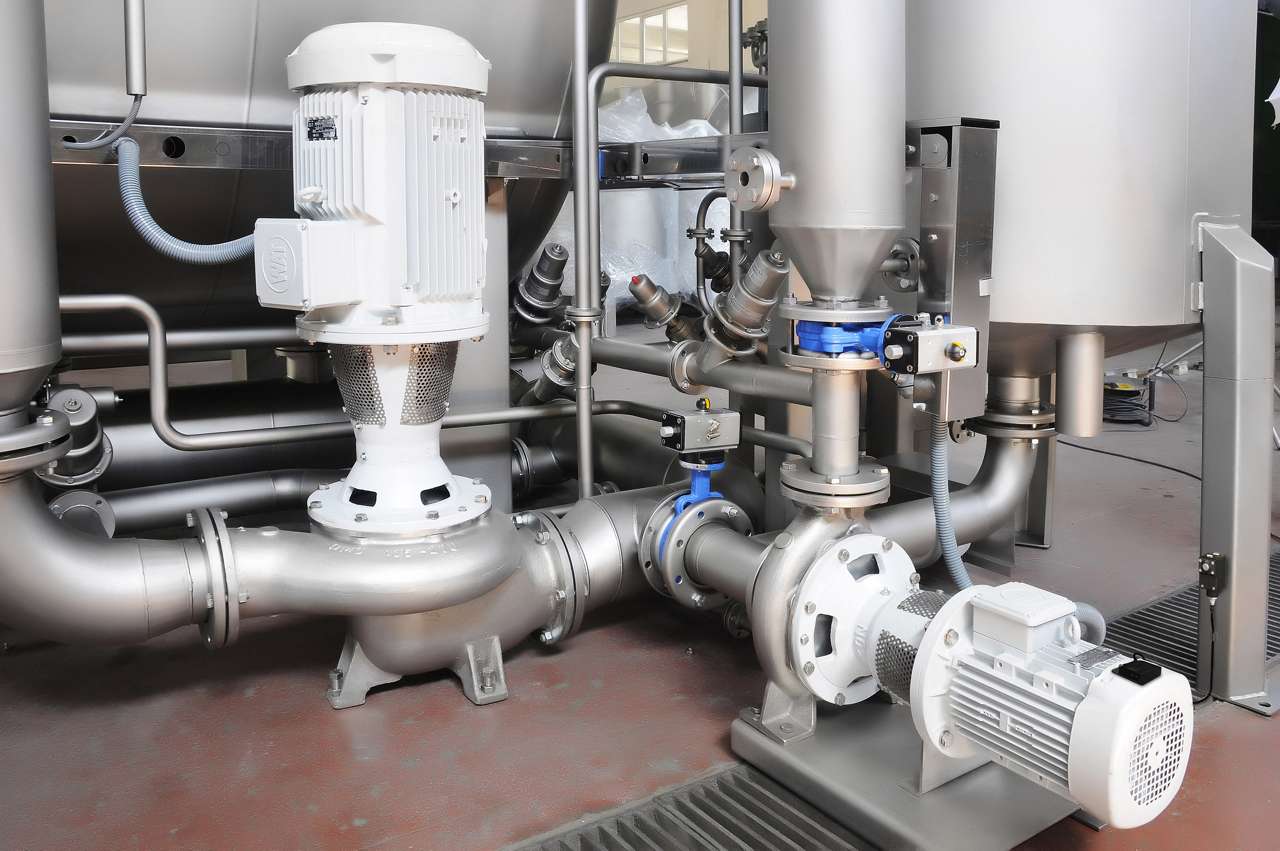The Smart Factory is Here: Top IIoT Capabilities for the Modern Manufacturer
IIoT is perhaps the biggest buzzword in factory automation today, and IIoT technologies already impact the way factories operate. Therefore, it is essential to understand the terms being used, recognize how IIoT technologies are already being implemented in smart factories, and prepare your business for the future. The following article highlights three critical IIoT capabilities of the smart factory: remote monitoring, predictive maintenance, and process optimization.
What is a Smart Factory?
Smart factories are an important part of the Internet of Things (IoT). The term IoT describes the technologies that connect objects—from consumer electronics to industrial components—to the internet. Meanwhile, the Industrial Internet of Things (or IIoT) refers specifically to the impact of this innovation on industrial applications.
IoT/IIoT technologies together create “smart” networks. For example, the wireless technologies of a smart home connect homeowners to almost anything in the house—from their garage door to their refrigerator—and allow remote access via smart phone.
Similarly, a smart factory provides plant managers with remote access to wirelessly-connected machines—as well as access to a wealth of data on the operation of those machines—by automating the communication between industrial automation equipment and systems. Data availability is one of the hallmarks of IIoT because it allows businesses to leverage data more meaningfully, including enabling predictive maintenance for machines. Smart sensors--including those with wireless and IO-Link capabilities--are a key part of making the smart factory a reality.
Top Capabilities of Smart Factories
Three key capabilities of smart factories are remote monitoring, predictive maintenance, and process optimization. Keep reading for practical examples of each of these capabilities in action in smart factories.
Remote Monitoring
Visibility into the operational status of machine components (both historically and in real-time) allows plant managers to remotely monitor and diagnose systems quickly as well as identify and resolve problems before the impact on machine availability and productivity compounds.
For example, tower lights with wireless communication allow operators to remotely monitor machine performance without lengthy and expensive cable runs. The lights indicate machine status visually while updates are also transmitted over a secure wireless network to a remote device, triggering an action or prompting a response from an operator at a workstation away from the machine.
The data logged by these devices can also be used in OEE (Overall Equipment Effectiveness) calculations. Not only can operators respond to alerts quickly as they occur, but historical data can be used to track machine uptime, production volume, rejected parts, and other key metrics.
Predictive Maintenance
Predictive analytics allows for more accurate planning of machine maintenance, which can help reduce machine downtime, increase mean time between failure (MTBF), and reduce costs of unnecessary preventative maintenance and spare parts inventory.
With predictive maintenance, much of the guesswork is removed because maintenance decisions can be made based on the historical and real-time data from the machine itself. For example, wireless sensors that measure vibration and temperature, current, and pressure can detect machine and system faults that can lead to unplanned downtime and machine failure. The wireless sensors then transmit that information to a wireless controller that makes data available immediately (via text or email alerts) and for long term analysis.
By monitoring machine components in real-time, problems can be detected and resolved before they become too severe and cause additional damage or result in unplanned downtime. Over time, the historical data creates a valuable machine performance log that can be used to make more informed maintenance decisions down the line.
Process Optimization
The interconnectivity afforded by IIoT technologies enables seamless communication among machines, components, and people. This interconnectivity allows for data-driven process optimization—increasing efficiency and productivity.
For example, a wireless notification system can be used to alert managers and technicians that they are needed on the line, reducing the need for technicians and managers to constantly check each production line and for workers to leave their workstations when they need assistance.
A system like this could be set up so that an operator pushes a button or flips a swicth to alert the manager or technician that he or she is needed on the production line. A tower light connected to the gateway’s outputs would then indicate which production line needs a manager’s attention, and colors could be assigned to indicate the need for a technician (yellow) or manager (red).
By utilizing a wireless network of connected devices to streamline communications, managers, technicians, and line workers are able to use their time more efficiently and productively. Similarly, a wireless solution can be used in pick-to-light and call for parts applications.
Conclusion
Overall, the capabilities afforded by IIoT mean that these technologies are not just short-term investments or solutions to immediate problems; rather, they enable continuous improvement by providing companies with the ability to solve new problems as they arise—compounding the value of the investment over time.
Featured Products
Related Articles

How Remote Monitoring Improves Machine Maintenance
Read the article to learn more about how wireless IIoT technologies are making machine maintenance easier and more effective.

Lean Manufacturing: 4 Lighting Solutions for Pharma Industry
This article describes several ways lighting can help increase efficiency and reduce waste while ensuring product quality & FDA compliance in the pharmaceutical industry.

Tank Level Monitoring: Benefits of Wireless Solutions
Properly monitoring and managing tank levels can help improve efficiency and increase productivity and profitability. Read this article to learn about the advantages of wireless remote tank level monitoring.

Smart Sensors: IO-Link for Remote Monitoring and OEE
This article describes how IO-Link provides users with remote monitoring capabilities for sensors and can help increase uptime, productivity, and throughput.
IIoT Made Easy
Banner's Snap Signal of plug-and-play products represents a new way to unlock your valuable machine data.




